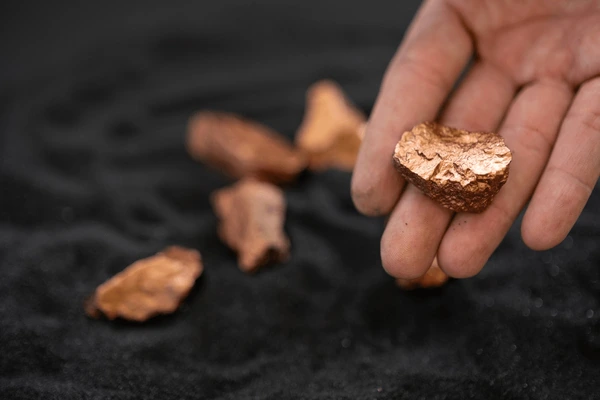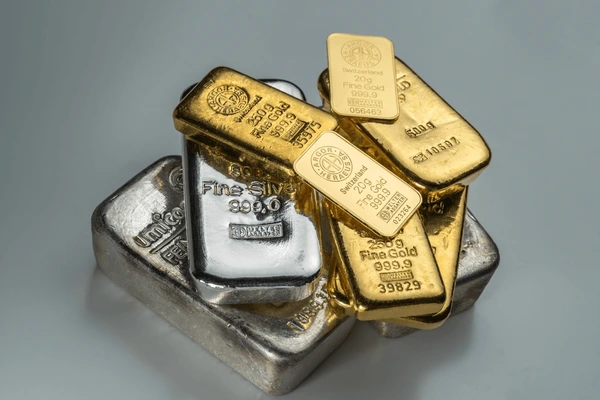Sayanava Sinha Roy
28.06.2025
Why Is Gold Rate Different at Every Gold Store?
Wondering why the gold rate differs at every store? Discover how pricing is calculated and what a reputed Gold Buyer considers when determining value.
You walk into one gold store and hear a price. A few meters down the road, another shop quotes something completely different—for the same purity of gold. If this has ever confused you, you’re not alone. Many buyers, especially first-timers or even regular investors, often wonder: why is the gold rate different at every gold store?
Table of Contents
The answer isn’t as straightforward as market rates or government controls. The gold rate is influenced by several dynamic factors ranging from global economics to store-level operational costs.
Let’s break down how it works, what you should know as a buyer, and how to navigate these variations smartly.
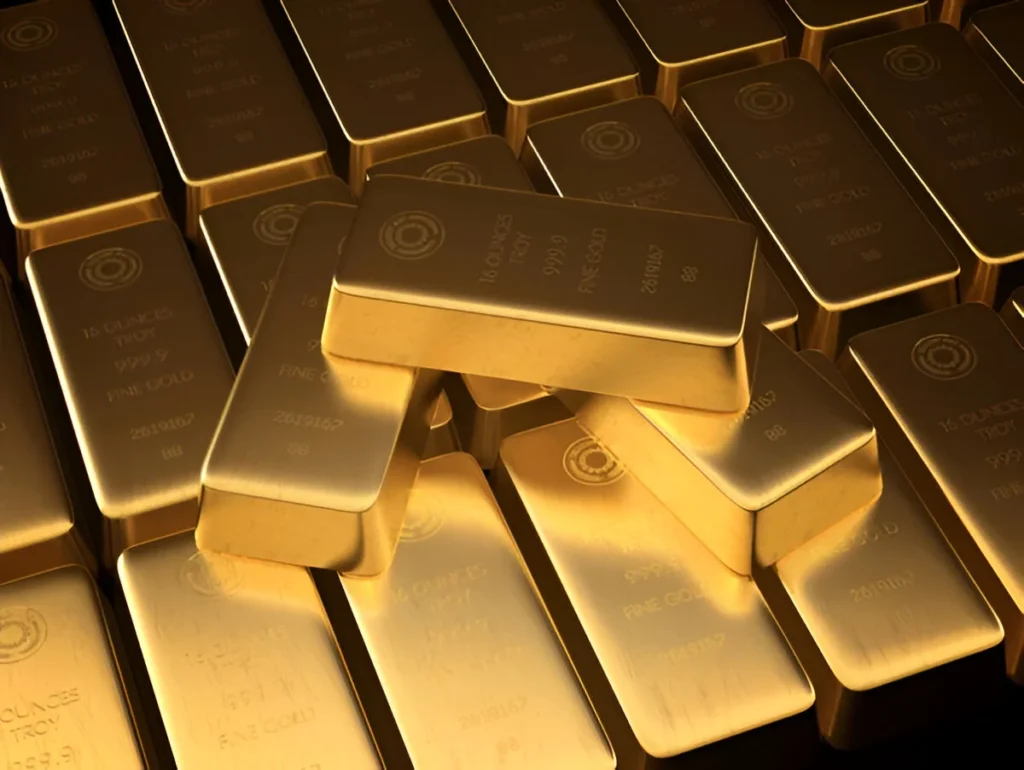
Understanding the Basics: What is the Gold Rate?
Before we dive into why it varies, it’s important to understand what the gold rate actually means.
- It refers to the price of gold per gram (often quoted for 22K or 24K purity).
- It’s influenced globally by the London Bullion Market Association (LBMA), which sets the benchmark.
- Prices fluctuate based on supply-demand economics, currency exchange rates, inflation, and geopolitical conditions.
However, store-level pricing isn’t just a mirror of the market price. It includes other elements that can shift from one seller to another.
Why Is the Gold Rate Different at Every Gold Store?
Let’s explore the key reasons why that price tag can vary so much from place to place.
1. Variation in Making Charges
- Gold is rarely sold in raw form—it’s often shaped into jewellery.
- Making charges are added to the gold’s base price, and these charges vary widely depending on the store’s design quality, brand reputation, and complexity of craftsmanship.
- These are not regulated and can range from 3% to 25%.
2. Purity Testing Differences
- Not all stores use the same method to test purity.
- Some use basic acid tests, while others use XRF machines or spectrometry.
- High-end testing can reduce error margins and affect pricing based on more precise weight or purity percentages.
3. Local Taxes and Regulatory Costs
- Gold prices may vary by region due to local taxes or specific GST calculations.
- Even within the same city, stores may include different handling or compliance fees.
4. Daily Rate Updates
- Some stores update the gold rate twice a day, while others may revise it hourly based on real-time global fluctuations.
- A difference of just a few hours can lead to notable price gaps.
5. Stock Purchase Timing
- Stores that purchased gold stock when rates were high may sell at a higher price to maintain profit margins.
- Others that bought at a dip can afford to offer slightly lower prices.
6. Reputation and Certification
- Established brands or stores with BIS certification or hallmarking standards may charge slightly more for transparency and assurance.
- However, this often comes with better trust and quality control.
Why Gold Rate Varies Store to Store
🟡 Different making charges based on design complexity
🟡 Tools used for purity verification may vary
🟡 Timing of global rate updates influences local pricing
🟡 Store-level tax inclusions differ
🟡 Inventory purchase cost affects markup
🟡 Branded stores often include certification premiums
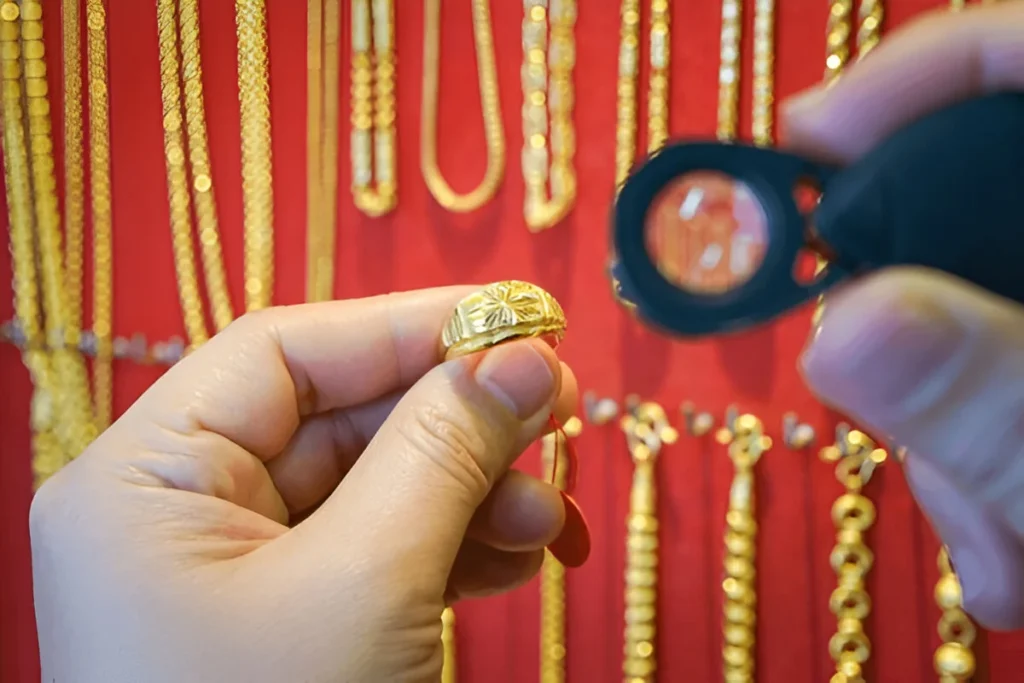
How Buyers Can Make Smart Decisions
Understanding the variability in gold pricing helps you make informed choices when buying, selling, or investing in gold.
Here’s how to stay smart:
- Check live gold rates from reliable financial sites (not just one store).
- Ask for a purity certificate—always look for BIS hallmarking.
- Compare making charges and see if they are fixed or percentage-based.
- Ask about buyback policy—some stores offer better resale prices for their own jewellery.
- Prefer transparent testing (XRF or fire assay) if you’re selling gold.
Being informed not only saves money but ensures you’re treated fairly during any transaction.
The Role of Local Experts and Evaluators
While digital gold pricing and fintech platforms offer convenience, the expertise of local professionals remains valuable.
Professionals trained in hallmark verification, precision weighing, and advanced gold analysis methods often guide better pricing and assessment. In cities with an active bullion market, services offered by reputed evaluators—often regarded as the Best Gold Buyer in Kolkata—add a layer of assurance to buyers and sellers alike.
Their pricing tends to be more transparent, market-aligned, and fair, especially for bulk sales, old jewellery conversion, or investment-grade bullion.
How Gold Rate Transparency Builds Trust
One of the key trends in the gold market today is greater transparency. More consumers now:
- Ask for itemized billing
- Demand explanations on rate fluctuation
- Seek BIS hallmark confirmation
- Request information on live spot rates
Reputed sellers and analysts encourage this awareness because an informed buyer builds long-term business, and that’s healthier for the entire gold ecosystem.
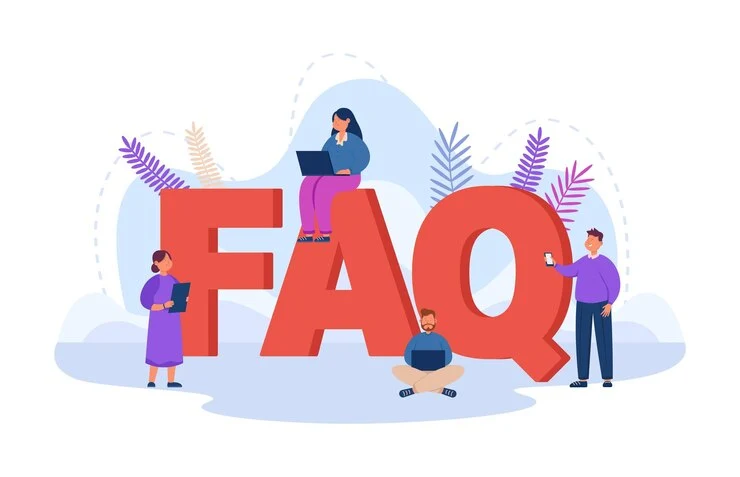
FAQs: Gold Rate Differences Explained
Q1: Is it okay to buy gold from a store offering lower rates?
A: Yes, but only after confirming purity, hallmarking, and understanding the reason for the lower price. Sometimes it’s due to older inventory or lower making charges.
Q2: Do online gold prices match store prices?
A: Not always. Online rates are typically base rates without making charges, taxes, or purity adjustments. Always compare comprehensively.
Q3: How often do gold rates change?
A: Rates may be updated once, twice, or even multiple times daily depending on the store and market volatility.
Q4: Should I wait for a dip in gold rate before buying?
A: If you’re buying for investment, tracking trends can help. But for personal use, such as weddings, functionality and need may outweigh timing.
Q5: What’s the difference between 22K and 24K gold rates?
A: 24K gold is purer and costlier. 22K is commonly used in jewellery and includes other metals for hardness. The rate difference reflects the purity gap.
Be Informed, Buy Confidently
Gold isn’t just a commodity—it’s a tradition, an investment, and in many households, a symbol of legacy. Knowing why the gold rate varies across stores helps you buy smarter, negotiate better, and trust your choices.
Instead of being puzzled by the differences, look deeper into what influences those variations—from making charges to testing standards. With the right awareness and guidance, you’ll not only protect your investment but also walk away with peace of mind.
And remember, whether you’re buying, selling, or simply learning—being informed is your biggest asset.
Popular Post


